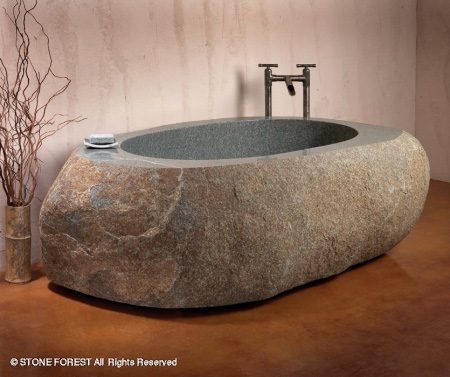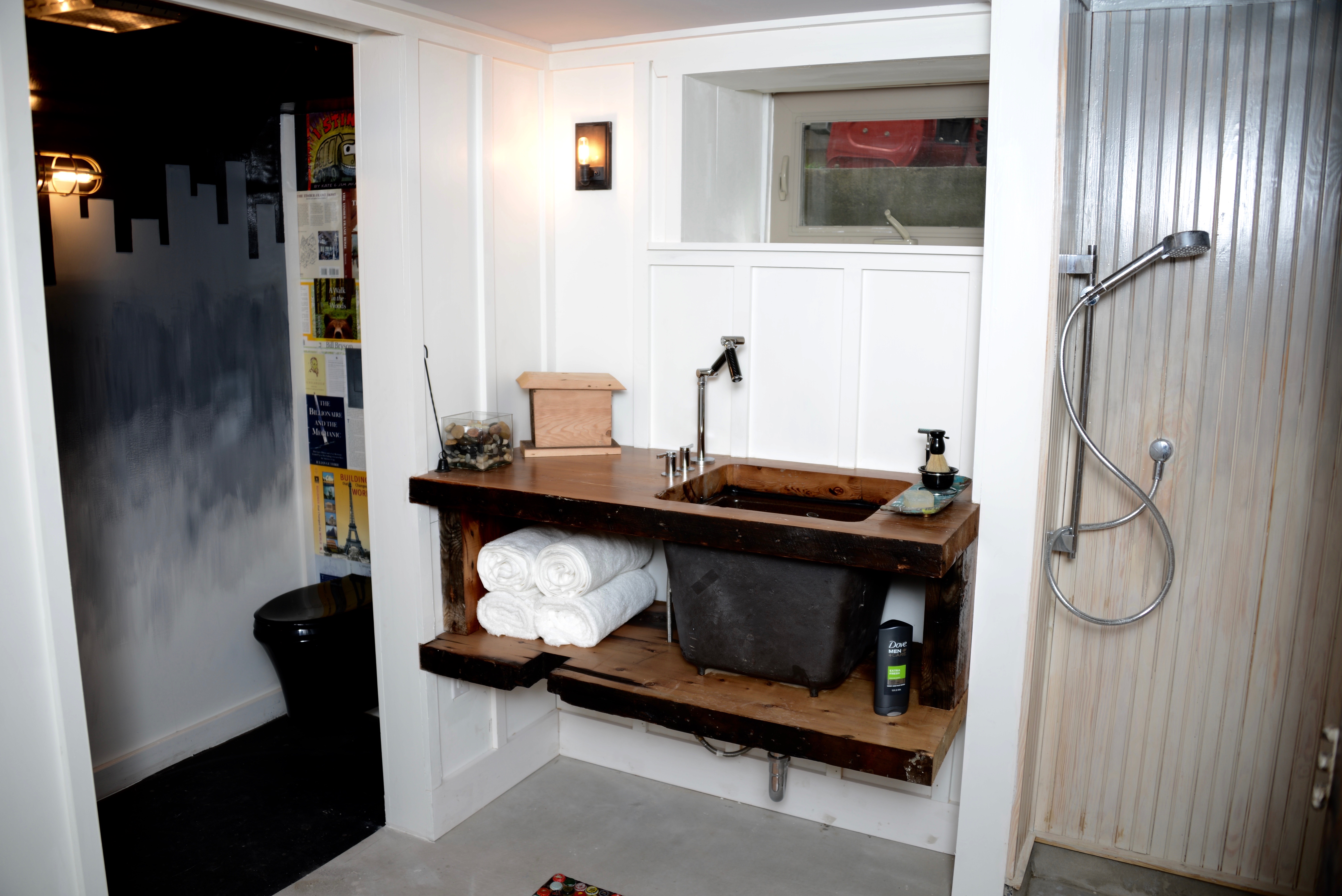

FixitUp Question: I have 2 small baths in my home, side-to-side. How hard is it to make it one large bath?
Answer: The answer is that the hardest part is already done. And my next two answers include “difficult” and “head-start.”
Difficult. Generally speaking, most bathroom remodeling that involves moving fixtures (i.e. anything with a drain) or structure requires pretty advanced skills both in terms of build-it stuff like rough carpentry, drywall, tile and trim but also in terms of organization, whether you’re doing-it-yourself or hiring-it-out. It’s not that any one thing is terribly difficult, rather the challenge is that they all have their challenges AND are all happening at the same time in a small space.
From the carpentry end of things, you’ve got to be ready for tile and drywall demo (usually an uber-mess) and you should be a careful framer to get whatever new walls, blocking, floor and joist repairs, etc., straight, flat and where they need to be to fix any old problems and to accept any new plumbing.

My experience is that rough carpentry is actually trim carpentry in a small space like a bathroom. There’s not much room for mistakes. If you are DIYing the carpentry, take a page from the Mike Holmes book and screw stuff together.
Then you need to consider all the in-wall stuff you can’t see and that might have to move: lights, fans, vents, wiring, supply and drain lines. Whether you do that yourself or subcontract it, it has to be organized and managed to meet both your design and building code. If you’re not prepared to move all this stuff, it can get really frustrating.
Three tips: don’t bury wire or HVAC; call the plumber first because pulling wire around pipe is easier than pushing pipe through wire (where the chases are shared;) and it may be wise to plan for removing all the drywall so you have wide open spaces to see and run everything.
Head-start. You have a head-start that you have access to what is usually the hardest thing to manage in a bathroom “move-around:” ample access to working supply and drain lines. With enough time and money, anything can be moved, but the thing you want to move the least is usually the drain. And, assuming it is in a suitable location for your new master tub—and since all routes from design to carpentry to trim lead to getting the water out of the room once it is sudsy from your new luxurious bath—the drain location is usually the control point for laying out where the new tub can be placed.
Finally, pull a permit and have fun.









